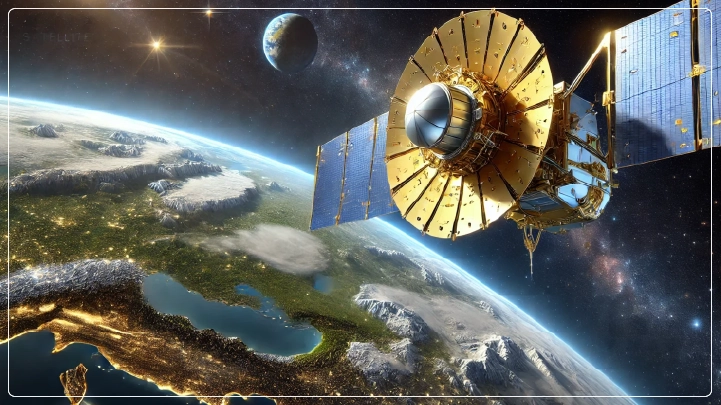ISRO Chief Confirms NISAR Satellite Launch by July 30, Shares Gaganyaan Update
A revolutionary step has been taken by popular leading space agencies, NASA from the United States and ISRO from India, to offer an unprecedented disaster detection system to serve humanity and avoid natural catastrophic events like tsunamis, earthquakes, solar storms, and other disastrous events by observing the Earth’s condition and various parameters of climate.

Dr. V. Narayana, ISRO chairman, announced on Monday the collaborative efforts of NASA and ISRO to launch a satellite named NISAR using the GSLV-S16 rocket on July 30, 2025.
The ISRO chairman further stated, “We are going to launch the NASA-ISRO Synthetic Aperture Radar (NISAR) satellite through the GSLV-S16 rocket by July 30th. We will conduct three uncrewed missions before the Gaganyaan Mission.”
He further added to his statement, “In December, a humanoid mission will be conducted, during which a robot called Vyommitra will be sent into space. If it's successful, then two uncrewed missions will be launched next year. After all the tests, in March 2027, as PM Modi said, the Gaganyan Mission will be launched.”
What purpose will be served by the NISAR mission?
Scientists involved in launching the NISAR mission aimed to study and analyze the earth’s rotation and frequently changing climate and surface activities. As per NASA’s claim, this satellite will offer deep insights into forest deformation, landslide possibilities, potential areas of earthquakes with its scale, volcano formation and its eruptions, and changes in ocean movements that might cause tsunamis and other catastrophic events, and many other changes around the earth's surface and on the earth’s crust.
This satellite will further track the global carbon cycle by analyzing and directly observing glaciers and their movements, as well as changes in ice sheets and the loss of greenery, such as forests and wetlands. NISAR data will offer a comprehensive outlook and in-depth picture of the earth’s surface and how it's changing or moving vertically and horizontally by combining its measurements and parameters with other satellite and instrument data.
What made the NISAR mission unique from other satellite launches?
The NISAR mission will be the first of its kind in terms of detailed observing capabilities, as it encompasses two radar systems. The L-band system has a wavelength of 10 inches, while the S-band system has a wavelength of 4 inches. Therefore, a successful launch of this satellite will mark a significant milestone in the history of Earth’s observation missions, due to its dual radar capability, which will provide precise data about the cryosphere, ecosystem, and solid Earth or crust. Keen eyesight on soil moisture rates and water resources will further enhance it as a unique system for atmospheric observations.